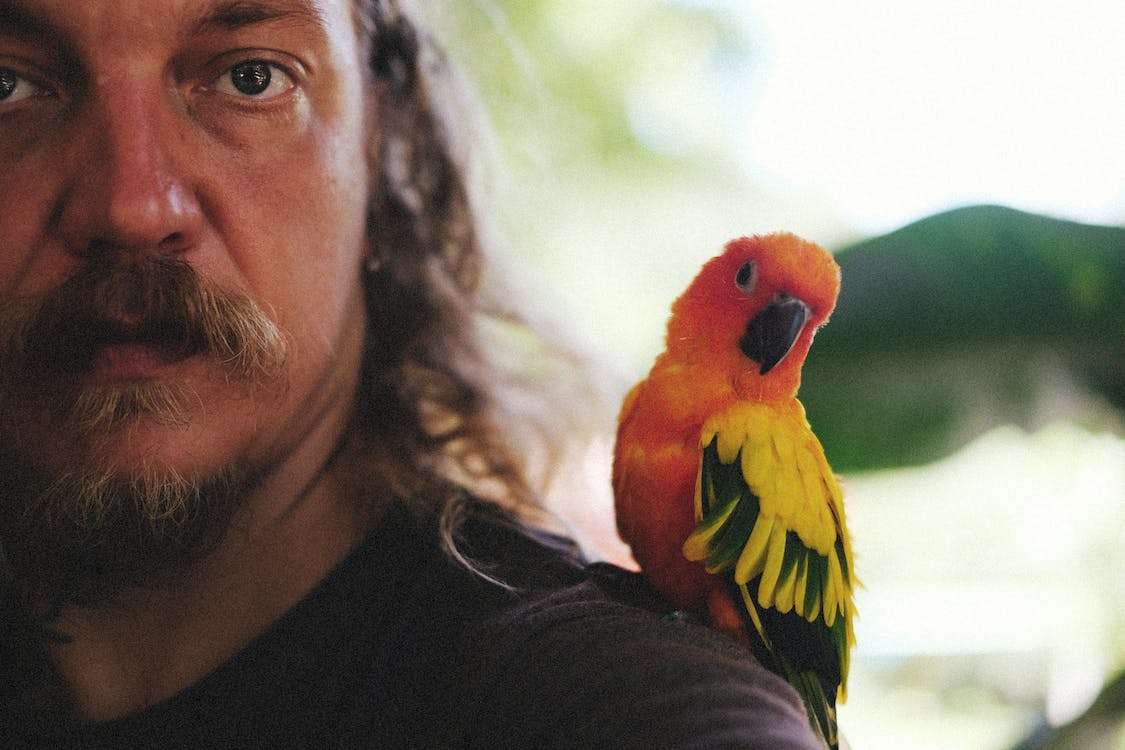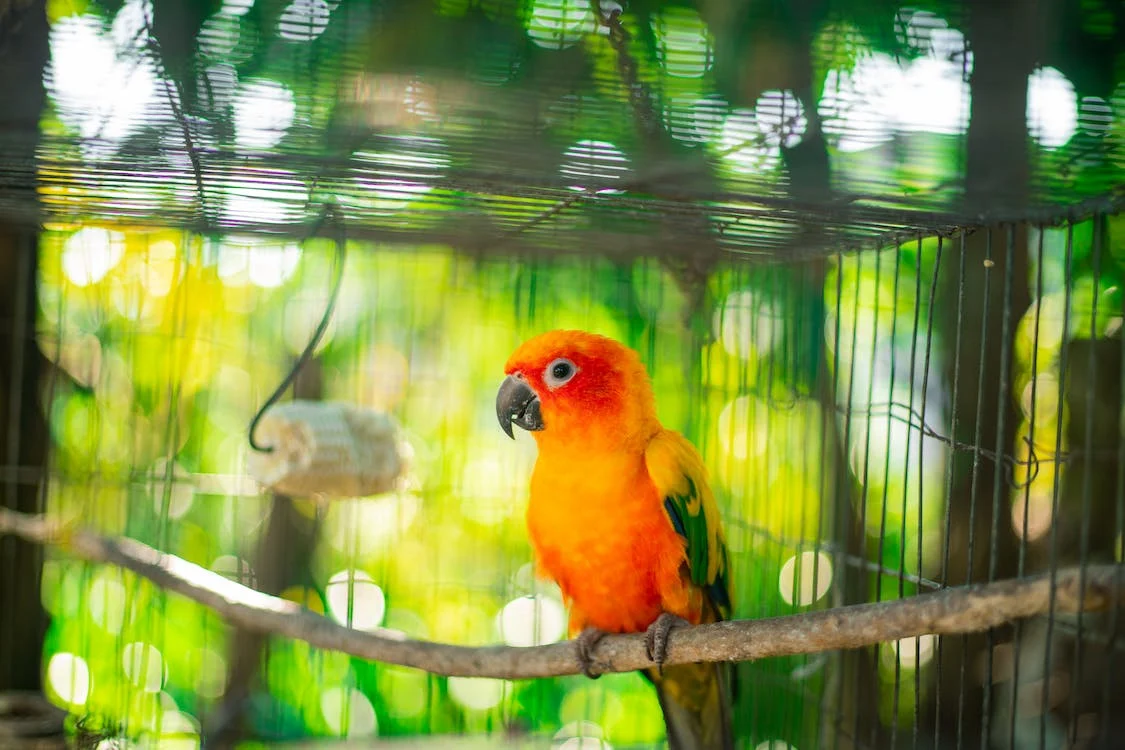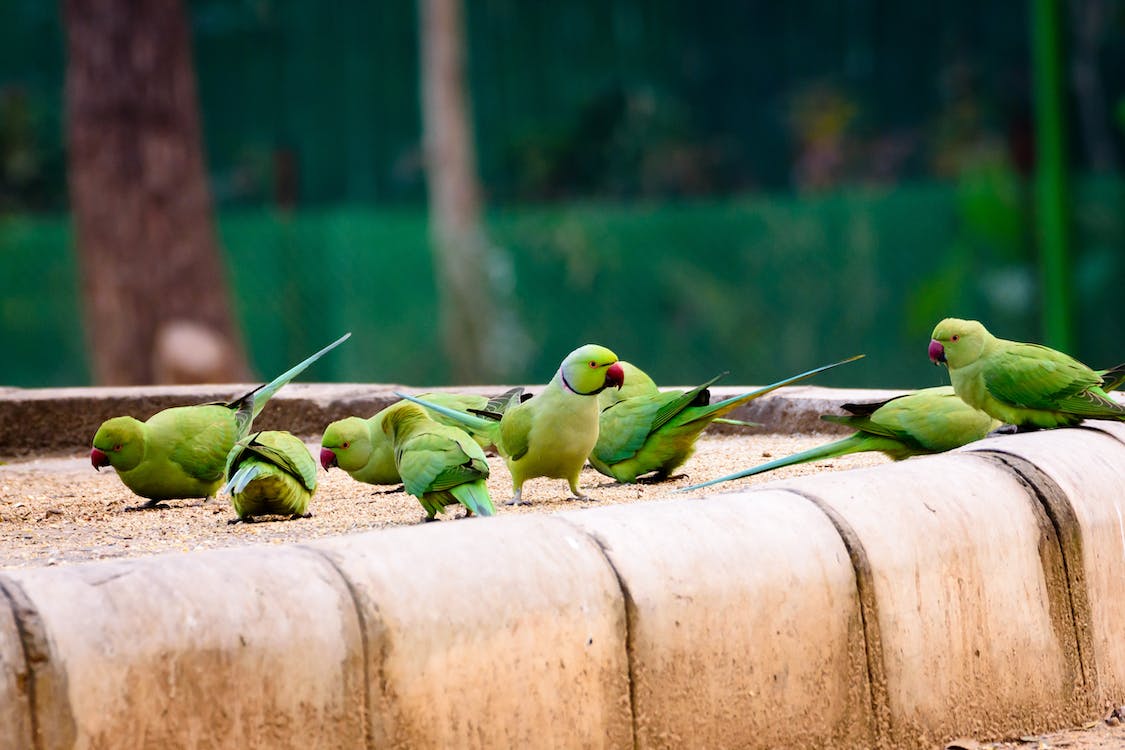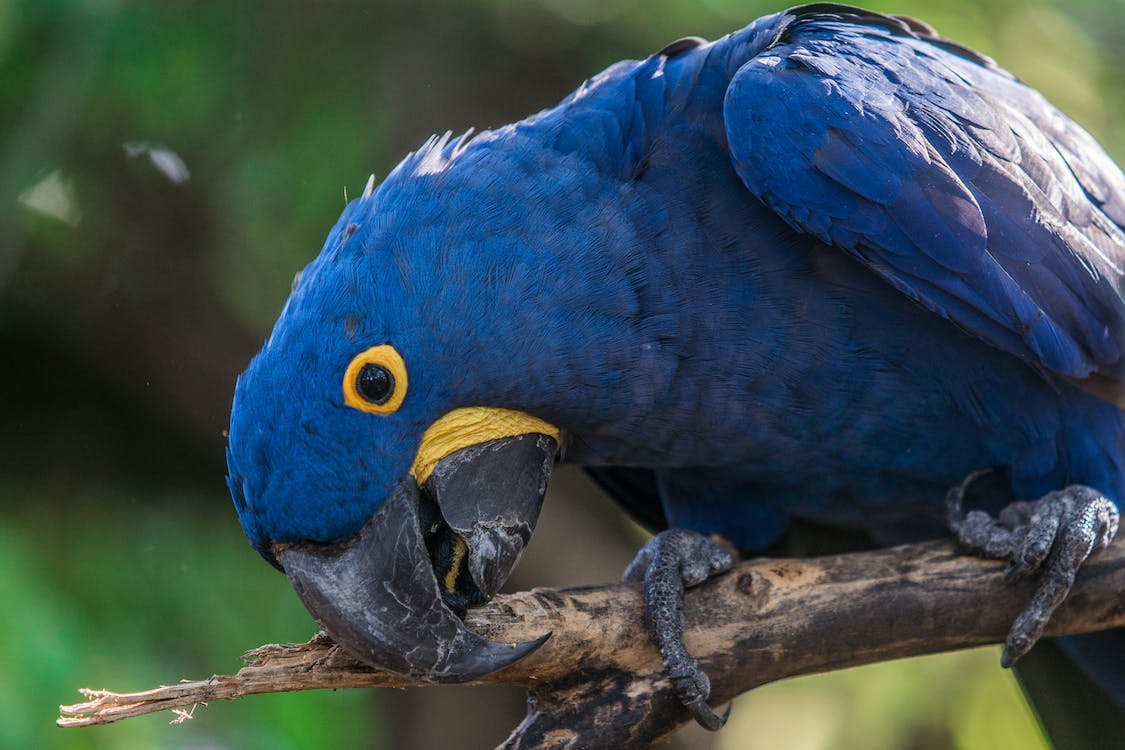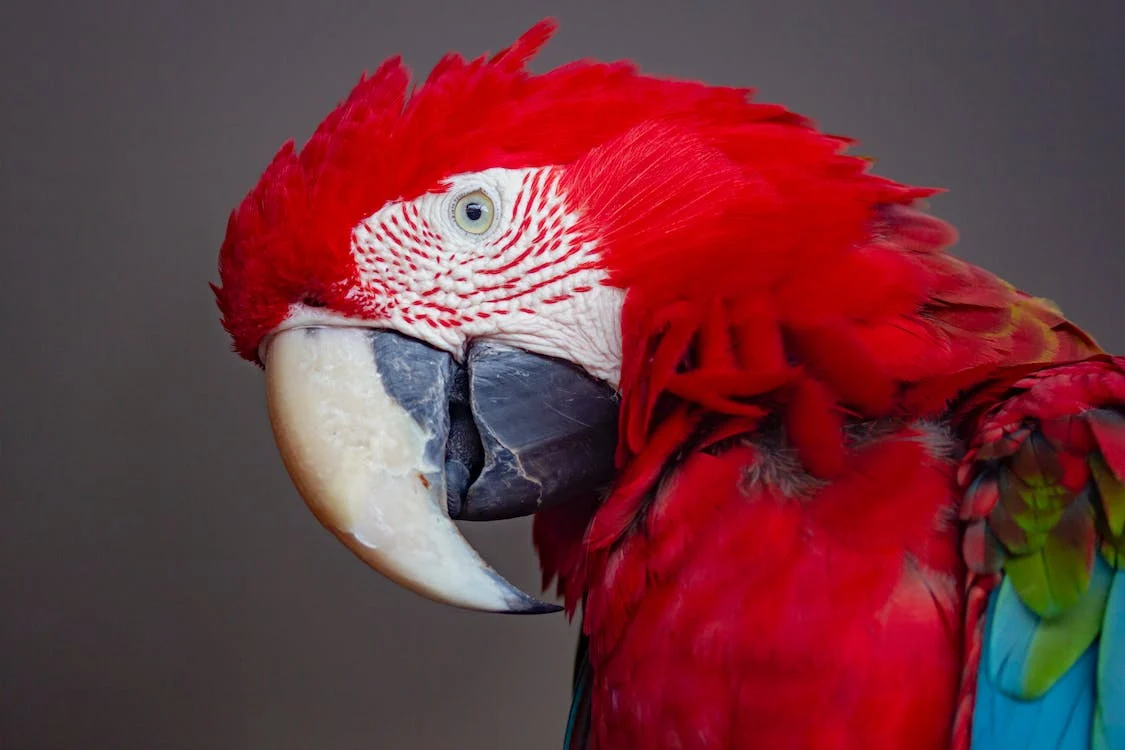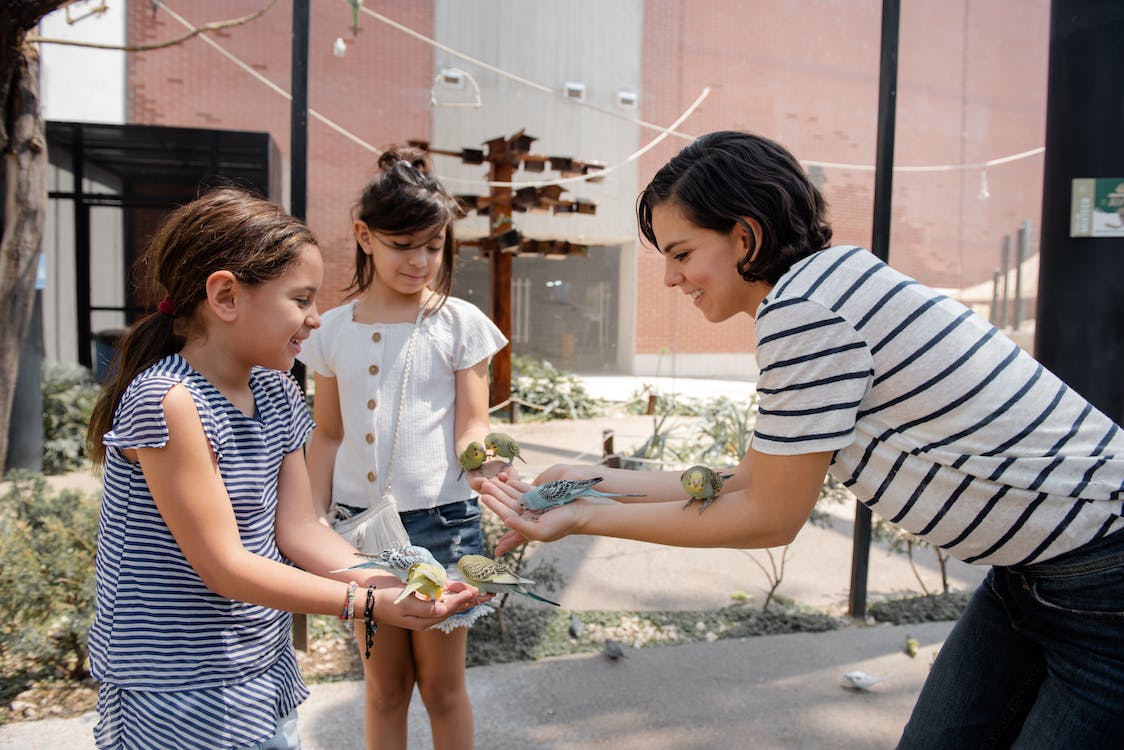Being a bird owner is a beautiful adventure filled with companionship pleasures and the particular difficulties of looking after our feathered friends. The world of bird ownership provides a wonderful combination of wonder, responsibility, and limitless potential for connection, whether you are an experienced bird enthusiast or considering bringing a bird into your life for the first time. In this investigation, we will dig into the complex realm of bird friendship, illuminating both its benefits and burdens.
Factors to Consider When Choosing a Bird Breed
Here are some fundamental standards to consider before selecting a bird:
- Size – The cage and surroundings that your pet bird needs will depend on its size
- Behavior – Bird behavior ranges from anxious or needy to melodic or relaxed
- Noise – While some birds may only chirp, others may be quite noisy
- Diet – Some birds must be hand-fed, so choose fruits and vegetables or give them food
- Time Commitment – Depending on the species of bird, different amounts of care and attention are required
Different Types of Bird Breeds
Finches and Canaries
Finches and canaries are two species that are rarely handled and need very little upkeep to be content. They require a cage that is 12x12x15 inches in size, daily feeding, and watering, baths every two weeks, and at least weekly cage cleaning. These birds are lovely to listen to and are excellent company. They prefer that you gaze and listen rather than touch them since they are naturally a little uneasy. Consider a different variety if hand-raising and feeding are significant components of your experience as a bird parent. Canaries and finches do not frequently leave their cages to play.
Small Hookbill
Parakeets, lovebirds, and cockatiels are all members of the little hookbill. Hand-feeding cockatiels is widespread, and it is not unusual for them to pick up language. These birds appreciate special one-on-one attention, including play outside of their cages, in addition to their regular conversations. Houses for most hookbills should be 12x15x18 inches tall, whereas houses for cockatiels should be 18x18x21. They require regular water changes, high-quality bird feed, and a balanced diet of veggies. Everyone will be content with two to three weekly baths and at least biweekly cage cleanings. These dogs have the ideal home, complete with toys and sporadic goodies.
Types of Common Wild Birds
Medium-Sized Hookbill
Quakers, conures, and Senegal are among the medium-sized hookbill birds. These animals can be noisy, as opposed to the preceding categories, which can be talkative and chirpy. They must be fed by hand and, if not properly raised, can become downright aggressive.
They require heavier, larger wired cages (20x20x29 inches tall), daily food and drink, two to three weekly baths, fruits, vegetables, and, depending on the bird, maybe some extra dietary supplements. Daily attention, along with some stimulating games or toys, will keep these birds happy. If you begin these hobbies while you are young enough, you can also talk and whistle.
Large Hookbills
African Parrots, Amazons, Cockatoos, and Macaws all fall within this category. These lovely birds will bite if not properly handled and socialized. These birds need large, heavy-gauge wire homes that range in size from 36x24x40 to 40x30x58 inches. A somewhat more complicated fortified diet, containing the right feed, fruit, and vegetables, as well as frequent water changes, is required for large hookbills. A daily wash to reduce dust and a regular cage cleaning schedule can help a lot.
Understanding Bird Behavior
Birds are fascinating animals that exhibit a variety of behaviors that are influenced by their species, environments, and unique personalities. The social requirements and activity levels of birds are two key factors to take into account while analyzing their behavior.
Social Needs:
- The tendency of many bird species, such as parrots and finches, to live in flocks is known as the “flock mentality.” They frequently seek social connection in captivity and can develop close relationships with their human keepers. Ignoring their social needs might result in behavioral problems, stress, and loneliness.
- Some birds, like doves and pigeons, create close pair bonds with their partners during mating. They want company and might grow upset if their lovers are removed from them.
- Some bird species, such as crows and hawks, are hostile against other birds, including members of their species, if they feel that their territory is in danger.
Activity level:
- Diurnal vs. Nocturnal – Depending on whether they are diurnal (active during the day) or nocturnal (active during the night), birds display varied degrees of activity. For instance, while they are normally nocturnal, parrots need a lot of lighting and stimulation throughout the day.
- Foraging and Play – When looking for food and having fun, many birds are very active. They need toys, puzzles, and chances to explore their surroundings to stay cognitively and physically active.
- Migration – Some bird species migrate, and they engage in unique bursts of activity during this process. Knowing about these cyclical patterns can help with caregiving and stress reduction.
- Rest and Sleep – For their health, birds need uninterrupted sleep. For their health, a peaceful, secure, and dark sleeping environment is essential.
Caring for Different Bird Breeds
Nutrition and Diet
Budgerigars and finches are examples of seed-eating birds. These birds normally eat high-quality seeds as their main food source, with occasional additions of fresh produce, fruits, and eggs for protein. Make sure the mixture is balanced, and stay away from seed-only diets, which might result in nutrient deficits.
Parrots, such as macaws and cockatiels, benefit from a varied diet that includes specially prepared pellets for their species, as well as fresh produce, nuts, and a small number of seeds. Avocado and chocolate are two items to avoid if you have a pet parrot.
Canaries and Lovebirds require a diet consisting primarily of pellets or premium seeds, as well as a range of fresh vegetables and fruits. Supplemental calcium and modest amounts of egg food may also be helpful.
Large parrots and cockatoos need a more substantial diet that includes fresh fruit and vegetables, pellets, and occasionally nuts or seeds. During lunch, they could take pleasure in foraging toys that promote brain stimulation.
Cage Cleaning and Maintenance
Cleaning should be done regularly in all bird cages. Daily chores include changing the water and picking up food scraps and filthy bedding. Weekly or as needed, a thorough cleaning of the cage with soap and water is recommended.
To prevent residue, properly rinse and dry the cage while using cleaning supplies appropriate for birds. Regularly disinfect feeding bowls, toys, and perches to stop the formation of germs.
Make sure the cage is the right size for the breed of bird, enabling room for perches, toys, and enough of mobility. To avoid stress and fat, larger birds require more roomy cages.
Exercise and Mental Stimulation
Encourage flying by enabling time for unrestricted flight in a secure, bird-proofed space. Regular flying preserves mental and physical health.
To keep your bird cognitively active, provide a range of bird-safe toys, including puzzles, foraging toys, and chew toys. To avoid boredom, rotate your toys.
Interact socially with your bird daily. Numerous animals, who value social connection, require interaction with their human caretakers to keep their minds active.
Enhance the habitat by adding perches at various heights, hiding places, and climbing-friendly natural branches. This improves both physical and mental wellness and replicates their natural habitat.
Teach your bird a few basic cues and skills. Training sessions may improve the link between you and your pet and be psychologically interesting.
Legal and Ethical Considerations
There are significant ethical and legal factors to take into account while owning birds, especially when deciding between adoption and purchase, comprehending legal ownership requirements, and weighing the pros and downsides of buying wild-caught vs. captive-bred birds.
Purchase vs. Adoption
The choice of whether to adopt a bird from a rescue or shelter or buy one from a breeder or pet store is a crucial one for potential bird owners. Since adoption gives a home to birds in need and could prevent their neglect or abandonment, it is frequently seen to be the more moral course of action. Additionally, it lessens the need for breeding and the opportunity for profit-driven avian abuse. However, some people choose to buy their birds from ethical breeders who place a high priority on the health and care of their animals. In both scenarios, it’s critical to check the source’s credentials and make sure they follow the law and moral principles.
Legal Preconditions of Ownership
Various legal criteria that differ by country apply to bird ownership. Regulations limiting the ownership of specific bird species, particularly endangered or foreign birds, are prevalent in many nations and jurisdictions. These regulations aim to safeguard the habitats of the birds as well. It is crucial to learn about and abide by local and federal laws, which may involve acquiring licenses, becoming microchipped, and following size and housing specifications. Respecting these regulatory requirements promotes the safety of your bird as well as the preservation of endangered species.
Ethical Differences Between Wild-Caught and Captive-Bred
The origin of your bird is another crucial ethical factor. Birds that are trapped in the wild frequently experience negative treatment, such as habitat degradation and unlawful trapping, which contributes to the extinction of entire species. On the other side, captive breeding increases the longevity of species and lowers the demand for wild-caught birds. Choose captive-bred birds whenever feasible since they are often healthier and more accustomed to living in captivity. It is ethical to support reputable breeders who put the needs of their birds first and support conservation initiatives.
Preparing Your Home for a New Bird
It is exciting to welcome a new feathery companion into your house, but it calls for cautious planning. Start by doing your study and choosing the best bird species for your needs and environment. Invest in a cage that is suitable for you, making sure it has enough space and security. Make your house bird-proof by getting rid of possible dangers like poisonous plants and fastening cables. The cage should be outfitted with perches, food dishes, toys, and activities in a warm, draft-free area. Establish a regular schedule for feeding, cleaning, and interacting, prioritize a healthy diet, and contact an avian doctor for routine examinations. Spend time interacting and connecting with your bird to establish trust and become knowledgeable about their unique care requirements.
Keep in mind to embrace the joy and responsibility of bird ownership as you welcome your new bird companion. Your feathery companion will have a long and healthy life if you provide them with a secure and stimulating habitat, a good diet, frequent veterinary treatment, and affectionate interaction. This will also help to create a relationship that may last for years.
Conclusion
In conclusion, choosing the best breed of bird requires careful consideration of your lifestyle, tastes, and degree of commitment. Research and careful selection are essential since each species of bird has different traits, and needs different levels of care, and temperaments. Whether you want a chatty buddy, a low-maintenance pet, or a bird with particular requirements, your decision will have a big influence on both your life and that of your feathered friend. You may start a fulfilling path of bird companionship filled with delight and enduring friendships by taking the time to comprehend these criteria and choosing a bird breed that is compatible with your talents and preferences.
